
TAGTIK NEWS - TO THE POINT
Born on August 23: Steven Brown (Tuxedomoon), voice of darkness but also of light
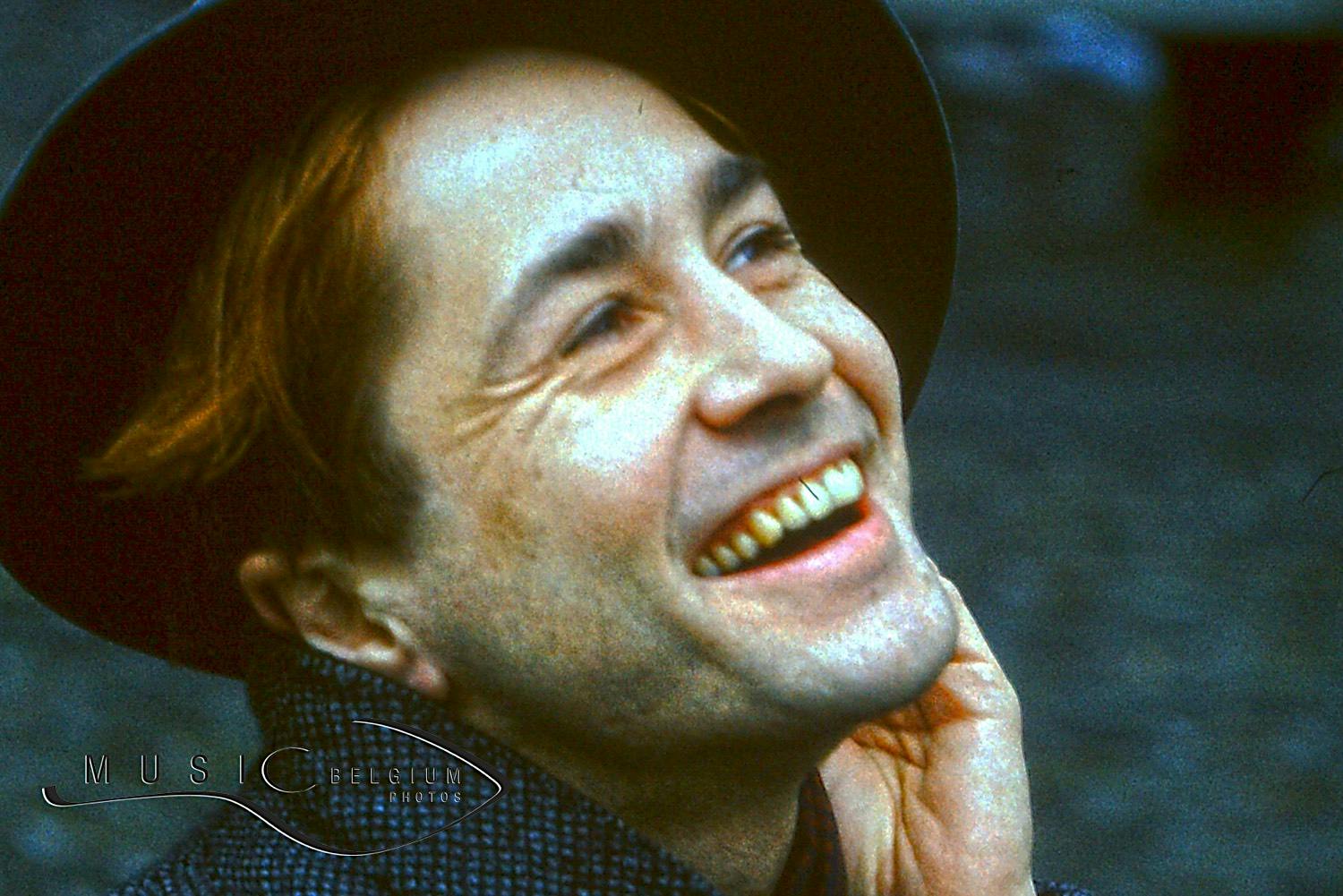
He was born in Chicago in 1952 and has traveled extensively both musically and physically.
It was in San Francisco in the 1970s that he forged the beginnings of his musical career. While studying electronic music at City College (a rarity at the time), he met Blaine L. Reininger. Together, they founded Tuxedomoon in 1977, a decidedly arty and often somewhat abrupt project.
Quickly supported by other artists such as Peter Principle, Winston Tong, and Bruce Geduldig, the duo transformed into an elusive collective, allowing itself to embrace all sorts of melodic daring. On a post-punk scene, they stood out by using atypical instruments like the clarinet, saxophone, Steven's beloved electronic violin, and, of course, synthesizers. The absence of drums and the "no-wave cabaret" aspect of their performances—which one hesitates to call a concert—made an impression, but given the rather mixed reception from American audiences, they quickly moved to Europe, first settling in Rotterdam and then Brussels, which became their headquarters. In this more receptive artistic environment, they sowed their experiments far and wide.
First with Ralph Records (the same label as The Residents), then, in Belgium, with Les Disques du Crépuscule and Crammed Discs. Tuxedomoon then released landmark albums like "Half-Mute" (1980) and "Desire" (1981), followed by "Ship of Fools" (1986). Without really intending to, they even recorded a few tracks that could have become global hits, like "In a Matter of Speaking," featuring the unmistakable vocals of the late Winston Tong.
Their repertoire became resolutely experimental, blending a dose of minimalism, a hint of jazz, borrowings from classical music, and even gypsy influences around their basic post-punk architecture.
Steven Brown also began a solo career in the early 1980s with albums like "Music for Solo Piano" and "Zero Story," both released in 1984 in diametrically different genres. This freedom of tone and this pleasure in dabbling in everything is what best characterizes Steven's career. He collaborated with Benjamin Lew, wrote scores for theater, dance (notably Maurice Béjart's ballets), and film. He even dared to sing in Italian for "Brown Plays Tenco" (1988). The artist is both elusive and unclassifiable. This is precisely what he's looking for...
In 1993, tired of Brussels, he moved to Mexico, first to the capital and then to Oaxaca. He built a house there and, in this bohemian setting, he multiplied his sonic explorations with more long-standing groups like Nine Rain (seven albums), and more ephemeral ones like Ensamble Kafka and Cinema Domingo Orchestra. This devil of a man never stops and naturally participated in the reformation of Tuxedomoon in 2004 with the album "Cabin In The Sky." Now drawn to the Spanish language, he released "El Hombre Invisible" (2022) as a solo album, an introspective opus combining piano, saxophone, voice, and dark arrangements inspired by his life in Mexico. He evokes significant experiences such as earthquakes, Zapatista involvement, and colonization.
(MH with Stéphane Soupart - Photo : Etienne Tordoir)
Photo: Portrait of Steven Brown in the Grand Place in Brussels (Belgium) on June 14, 1986
LATEST NEWS

Born on December 27: John Watts and Fischer-Z are one and the same…
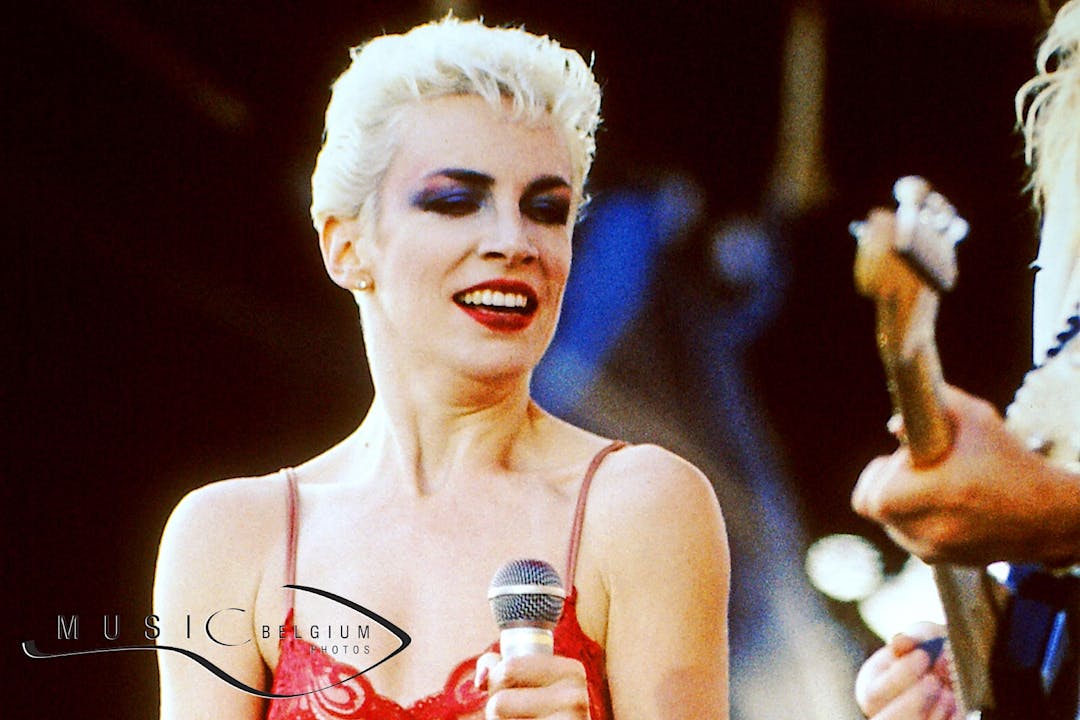
Born on December 25: Annie Lennox (Eurythmics), the singer who dreams of a better world
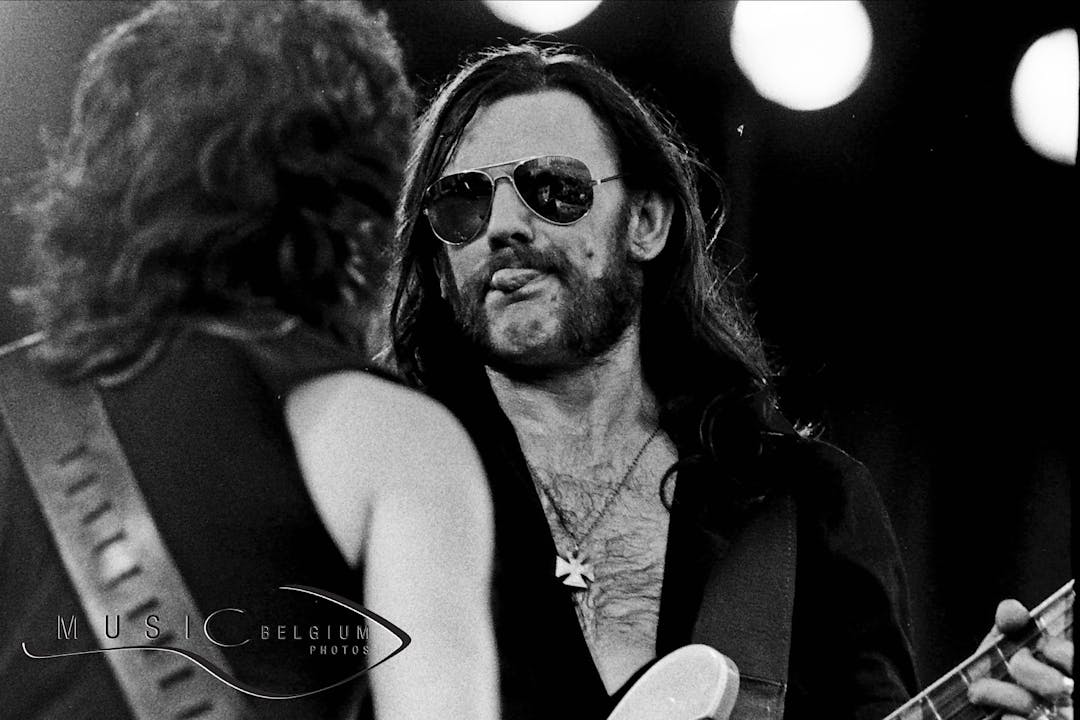
Born on December 24th: Motörhead bassist Lemmy goes from strength to strength!
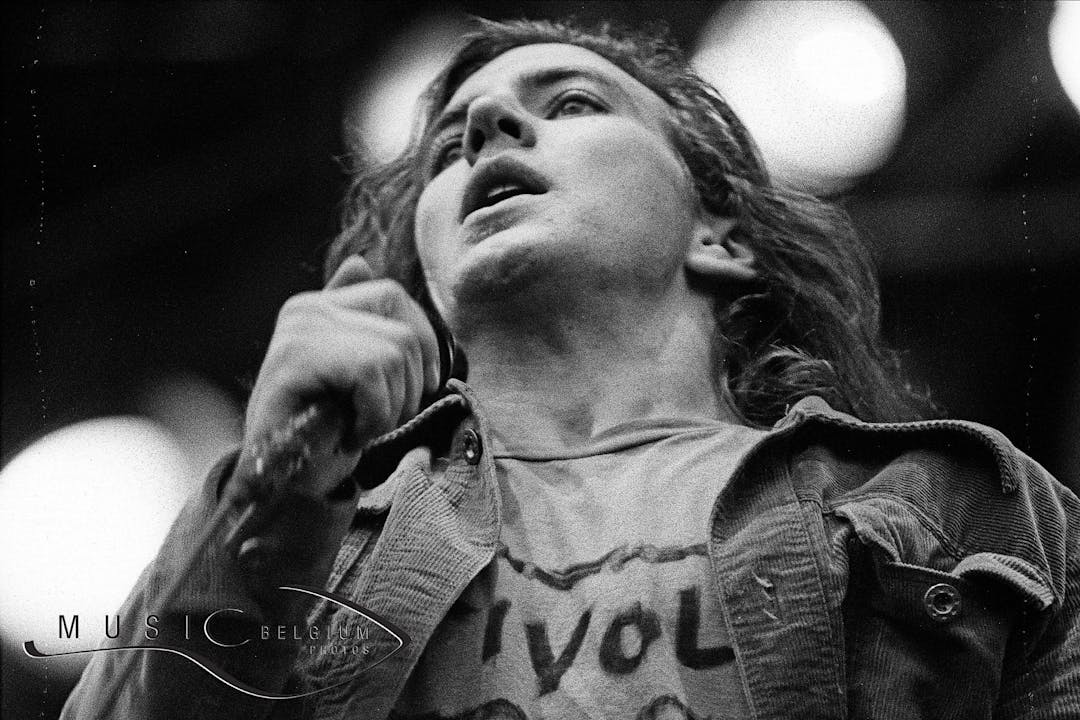
Born on December 23: Eddie Vedder, grunge soul of Pearl Jam loves the ukulele
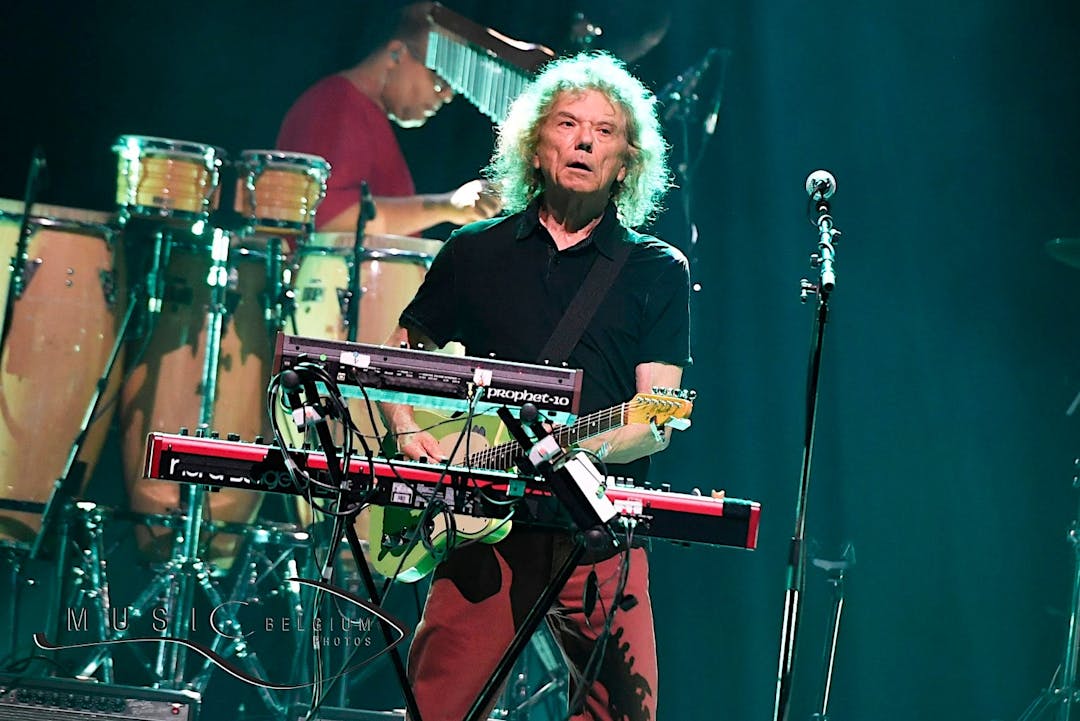
Born on December 23: Adrian Belew, favorite guitarist of David Bowie and Talking Heads
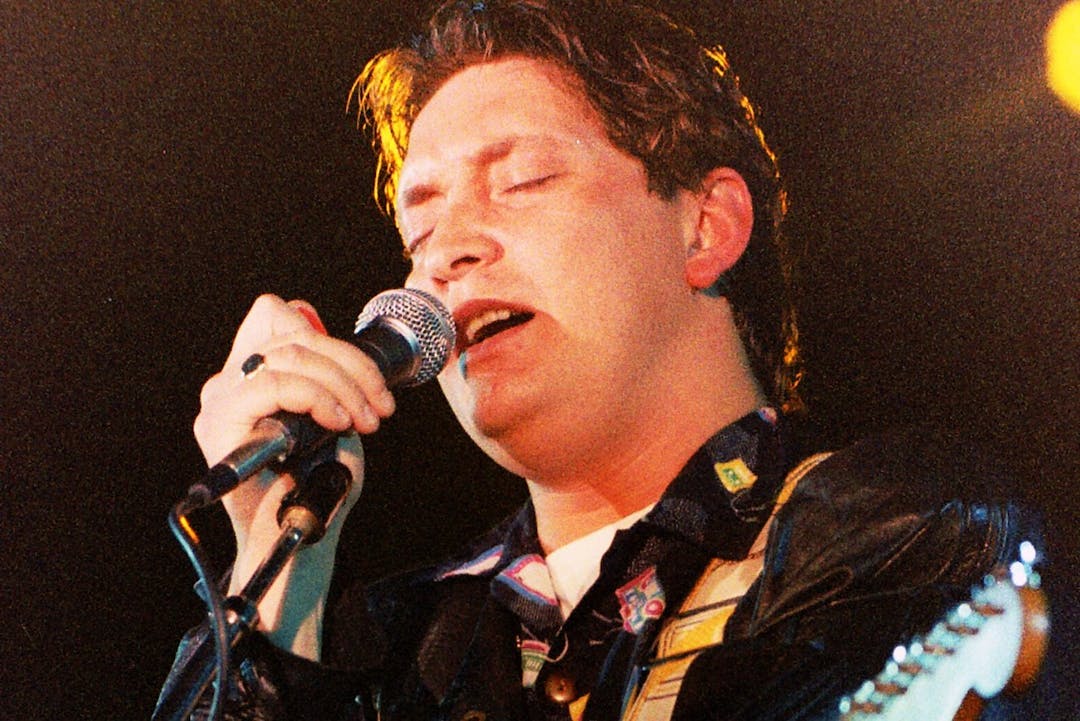
RIP: Chris Rea left us a few days before coming home for Christmas
Quick links